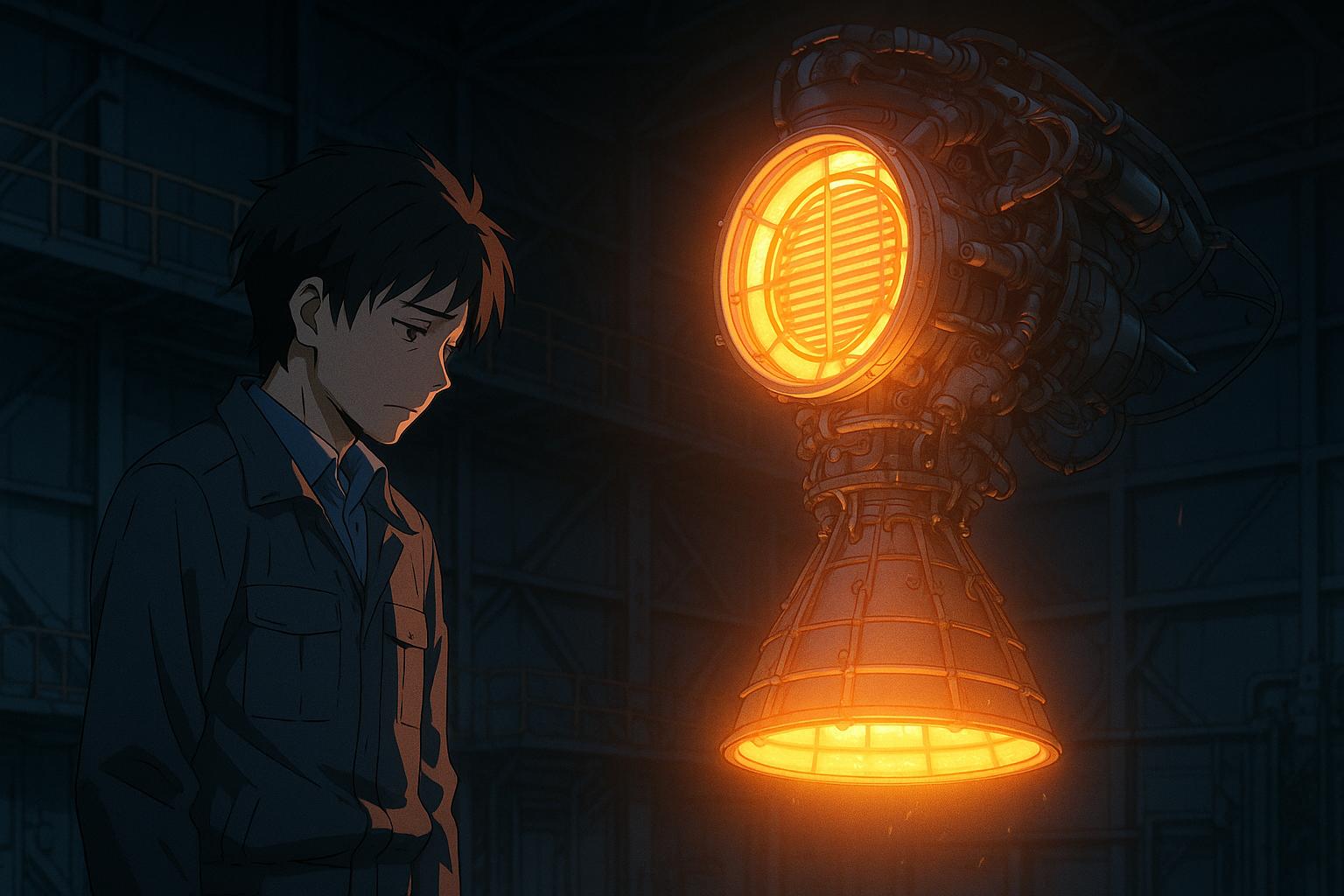Richard Varvill reflects with a mix of nostalgia and disappointment on the challenges faced by his long-standing venture, Reaction Engines, renowned for its ambitious attempts to develop a revolutionary aerospace engine. The former chief technology officer describes the emotional turmoil of striving toward groundbreaking technology only to see it unravel, stating, "It was going great until it fell apart."
The genesis of Reaction Engines can be traced back to the Hotol project of the 1980s, which aimed to create a British spaceplane capable of reaching orbit using an innovative airbreathing engine. This endeavour captured the public’s imagination with its promise of maintaining a UK presence in space travel. The hallmark of Hotol was its heat exchanger technology designed to manage the extreme temperatures of over 1,000°C that arise when air is drawn into the engine at hypersonic speeds. Varvill emphasises, "Without cooling, it will melt aluminium... it's literally too hot to handle."
By October 2024, Reaction Engines had managed to bring this pioneering technology closer to operational status, collaborating with both UK and US partners. The company secured funding from the UK Ministry of Defence to support research into hypersonic aircraft in conjunction with Rolls-Royce. However, financial strain became overwhelming, and despite efforts to raise £20 million to avert administration, the company faced an uncertain future.
In September 2024, Reaction Engines revealed that it had previously raised over £150 million but was grappling with escalating losses and missed financial forecasts. Analysts questioned market demand for its pioneering technologies, particularly within the constraints of the UK defence budget. This uncertainty cast a long shadow over the project, culminating in a desperate push for new investment as time ran out.
Despite recent successes, including a 400% increase in commercial revenues, an unsettling trend manifested as two major investors reduced their stakes, further jeopardising the company's stability. As talks progressed with the UAE-backed Strategic Development Fund for potential funding, concerns mounted, and by early November, Reaction Engines entered administration after failing to secure the necessary financial backing. The appointment of PwC as administrator marked a tragic end to a venture that once held so much promise.
In the aftermath, 173 of the company’s 208 employees were made redundant, casting doubt on several ongoing projects, including collaborations with Formula One teams that relied on Reaction's cooling technology and a UK-led military effort aiming to establish reusable hypersonic vehicles. Mr Varvill noted that while Rolls-Royce had initially expressed interest in developing the technology, they ultimately withdrew, citing other priorities, and he lamented, "The UK military has very little money."
This unfortunate turn of events underscores the precarious nature of high-tech ventures in the aerospace sector, where ambitious visions clash with financial realities. The legacy of Reaction Engines may serve as a cautionary tale for other innovative enterprises seeking to navigate the turbulent waters of technological advancement and funding in a challenging economic landscape.
📌 Reference Map:
Source: Noah Wire Services
